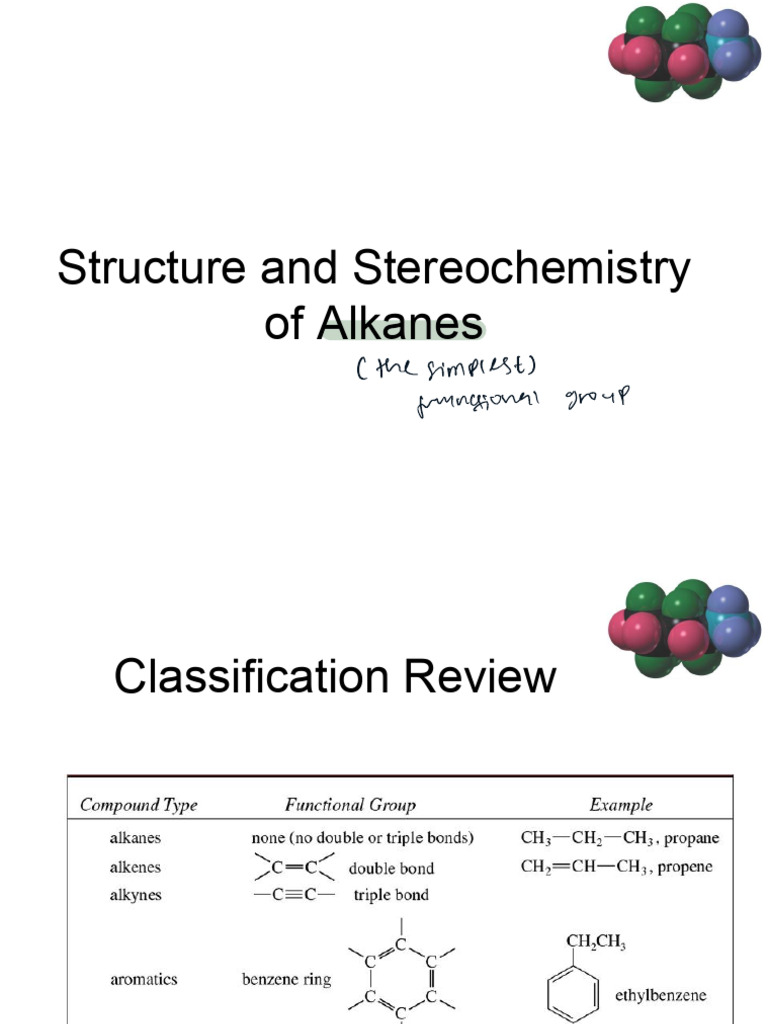The alkane series, a fundamental category of hydrocarbons, is characterized by saturated carbon chains. This nomenclature leads to varied structural forms, and consequently, diverse molecular weights. The importance of accurately determining the molar mass of alkanes arises from its implications in chemical reactions, stoichiometry, and the underpinning principles of calorimetry in both laboratory and industrial applications.
Understanding the molar mass of alkanes entails a closer examination of their chemical formula, which can be denoted generally as CnH2n+2. Here, “n” represents the number of carbon atoms, guiding us through a remarkable array of compounds ranging from methane (CH4) to larger chain alkanes like octadecane (C18H38). The calculated molar mass, expressed in grams per mole (g/mol), reflects not just the atom counts but also the chemical nature of the bonds between them.
To elucidate the computation of molar mass, one must first recognize the constituent elements: carbon (C) and hydrogen (H). The atomic weights of these elements are approximately 12.01 g/mol for carbon and 1.008 g/mol for hydrogen. Using the empirical formula, the molar mass can be derived with precision.
As an initial case study, let’s examine methane (CH4), with n=1. The molar mass calculation proceeds as follows:
- 1 x 12.01 g/mol (C) + 4 x 1.008 g/mol (H) = 12.01 g/mol + 4.032 g/mol = 16.042 g/mol
This foundational analysis demonstrates that the molar mass of methane is approximately 16.04 g/mol. Expanding from this singular instance, we can generalize for alkanes with n ranging from 1 to 20, observing a systematic increase in molar masses:
- Ethane (C2H6): 2 x 12.01 g/mol + 6 x 1.008 g/mol = 30.07 g/mol
- Propane (C3H8): 3 x 12.01 g/mol + 8 x 1.008 g/mol = 44.10 g/mol
- Butane (C4H10): 4 x 12.01 g/mol + 10 x 1.008 g/mol = 58.12 g/mol
- Pentane (C5H12): 5 x 12.01 g/mol + 12 x 1.008 g/mol = 72.15 g/mol
- And so on up to:
- Hexadecane (C16H34): Approximately 226.40 g/mol
- Octadecane (C18H38): Approximately 254.43 g/mol
This progression illustrates a predictable increment of approximately 14 g/mol for each additional CH2 unit added to the carbon chain. Thus, for any given alkane, the molar mass can be efficiently estimated with the formula:
Molar Mass = 14.03 × n + 2.02 g/mol
With this knowledge in hand, one can predict the molar mass of any linear alkane with competent accuracy. This is valuable in various applications, including the study of combustion reactions, where knowing the molar mass becomes critical for correlating theoretical predictions with experimental results.
In terms of physical properties, the increasing molar mass of alkanes correlates with varying states of matter at room temperature. Lower alkanes such as methane and ethane are gaseous, while larger alkanes transition to liquids and, ultimately, to solids. The implications of this behavior connect to enthalpy changes during phase transitions and the qualitative understanding of intermolecular forces at play within these compounds.
In addition to scalar calculations, understanding the implications of molar mass can yield insights into behavioral trends in chemical reactivity. For instance, the increased molecular size generally leads to higher boiling points due to increased van der Waals forces. This phenomenon is particularly pronounced among consecutive alkanes as one progresses down the homologous series.
Moreover, the distinction between straight-chain and branched alkanes further complicates relational representations, as branched alkanes, despite sharing the same molecular formula, exhibit varying molar masses due to differences in structural isomerism. Such discrepancies necessitate an integrated approach to chemical analysis, thereby underscoring the relevance of accurate molar mass determination in practical applications, from organic synthesis to petroleum engineering.
In conclusion, the approximate molar mass of alkanes is more than a mere numerical value; it encapsulates an intricate interplay of molecular structure, physical properties, and reactivity trends. As one navigates the vast landscape of organic chemistry, a profound comprehension of these principles becomes essential. From laboratory settings to industrial applications, the knowledge of molar mass forms the bedrock of chemical understanding, facilitating the advancement of scientific inquiry and practical innovation.












